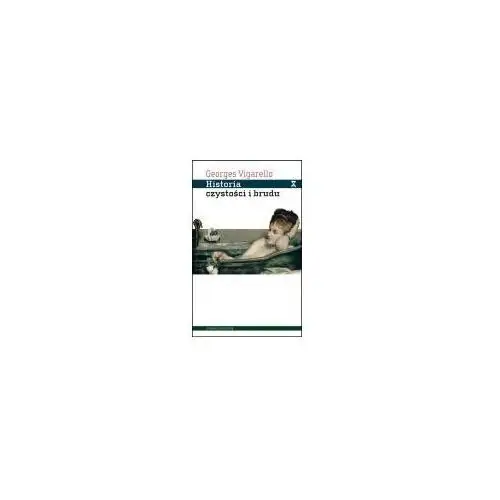Korea. Art and Artistic Relations with Europe contains selected papers presented at the international conference organized by the Polish Institute of World Art Studies in Warsaw in 2012. Those include analyses of the aesthetic concepts and interpretations of Korean art and cultural traditions.
The volume consists of 18 studies divided into four sections: I. Heritage, Continuity, Change, II. Korea's Eternal Spirit, III. Korean Art in European Museums, IV. New Korean Art. The first part is dedicated to the cultural heritage of Korea in its historical development: from the origins, through the relationship with the European art, to the contemporary forms of its promotion.
The second part consists of essays on traditions determining Korean identity, manifesting themselves in beliefs, tea ceremony attire. The third part discusses the collections of Korean art in the European museums, analyzing at the same time the complex process of reception of Korean art in Europe.
The final part proposes to take a look at selected aspects of modern Korean art and architecture, its specificity and contribution to the development of contemporary visual culture. Spis treści / Contens: AGNIESZKA KLUCZEWSKA-WÓJCIK, JERZY MALINOWSKI, Introduction; HERITAGE, CONTINUITY, CHANGE: PARK YOUNGSUK, Genesis of Korean art – Goguryeo art; RYU NAEYOUNG, Yun Duseo, Korean scholar-painter, precursor in painting of the Sirhak movement; BEATRIX MECSI, Meeting of the East and the West: the Western visual world (perspective and three-dimensionality) and its reception in East Asia in the 17th-18th centuries; AGNIESZKA HELMAN-WAŻNY AND JÓZEF DĄBROWSKI, "Hanji Paper" – Unique technologies of ancient Korean craft / GERT GROENING, The Heewon, 희원, where the pungryu, 풍류, can be perceived – an outstanding example of garden culture in Korea;MARZANNA POPŁAWSKA, The National Gugak Center – preserving and promoting intangible cultural properties in Korea; KOREA’S ETERNAL SPIRIT: MARK DE FRAEYE, San-shin, the Mountain God – Korea’s eternal spirit / JOHN J.
TOOMEY, The Korean way of tea. The way of universal peace; KATHARINA I-BON SUH, The składnik of the dragon – an example of Korean dancheong on a Buddhist temple hall at Songgwangsa ( Jeollanam-do, South Korea); HEE SOOK LEE-NIINIOJA, Costume culture of Hanbok as a living heritage and Korean identity; KOREAN ART IN EUROPEAN MUSEUMS: STEPHAN VON DER SCHULENBURG, Korean collections in German museums; PIERRE CAMBON, Korean collection in Paris;MAŁGORZATA MARTINI, Korean art and material culture in Polish museum collections; ROBERT PELZ,A Korean ancestor portrait in the Museum of East Asian Art Cologne; NEW KOREAN ART: BECCY KENNEDY, Orienting and disorienting contemporary Korean art; MAŁGORZATA JANKOWSKA, Hunting for self-image.
Construction of identity of Nikki S. Lee and Katarzyna Kozyra art; JOANNA KUCHARZEWSKA, Between tradition and modernity. From the works of Seung H-Sang, an architect from South Korea.











